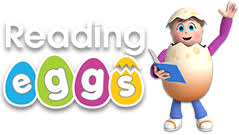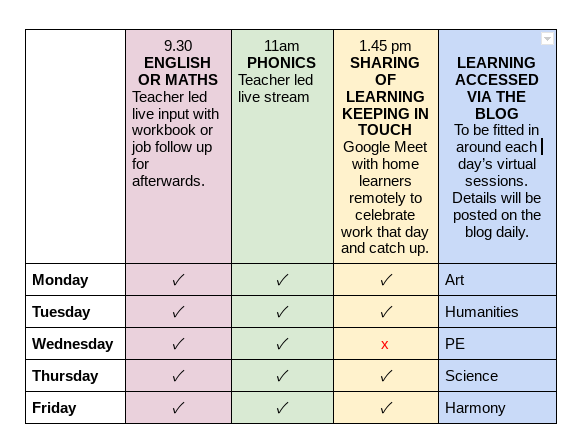For the maths today if possible please provide your child with some coins. 1p, 2p, 5p, 10p, 20p, 50p, £1.
Phonics Live 11am
If you can’t join in with our live session at 11am then please watch Lesson 26 of the Year 1 Spring Term Lessons.
https://www.youtube.com/channel/UCP_FbjYUP_UtldV2K_-niWw
Art
This week we will be looking closely at how Bethan Woollvin created the trees, plants and woodland settings in her simple, beautiful illustrations.
Look at the shapes and lines of each different tree and bush. How has Bethan added detail to show the branches, leaves or bark? Did you notice that her illustrations are mostly in monochrome – black, white and shades of grey – with pops of bright colour here and there?
Now create your own forest of trees and plants in this style! You could use pencils, felt tips, paint or chalk.
You might like to listen to this story also by Bethan Woollvin. Does it inspire you to draw anything else?
MATHS – Money– Recognising Coins Live 9.30am
What do you know about coins?
If possible provide your child with some coins and allow them to discuss what they know about these coins. Ask them questions about how many coins are big and how many are small, how many are heavy, how many are silver and so on. Ask them if they can group the coins. How can they group them? Prompt them to look at the faces with numbers and name them by their markings (1, 2, 5 and so on). Guide them to use the terms pence and pound.
Now have a go at the activity time below. Take turns being the teacher!
Now have a go at the guided practice and then complete pages 119 -121 in your work book. There is also a fun game you can have a go at here…
https://www.topmarks.co.uk/money/toy-shop-money
Maths Challenge Time:




